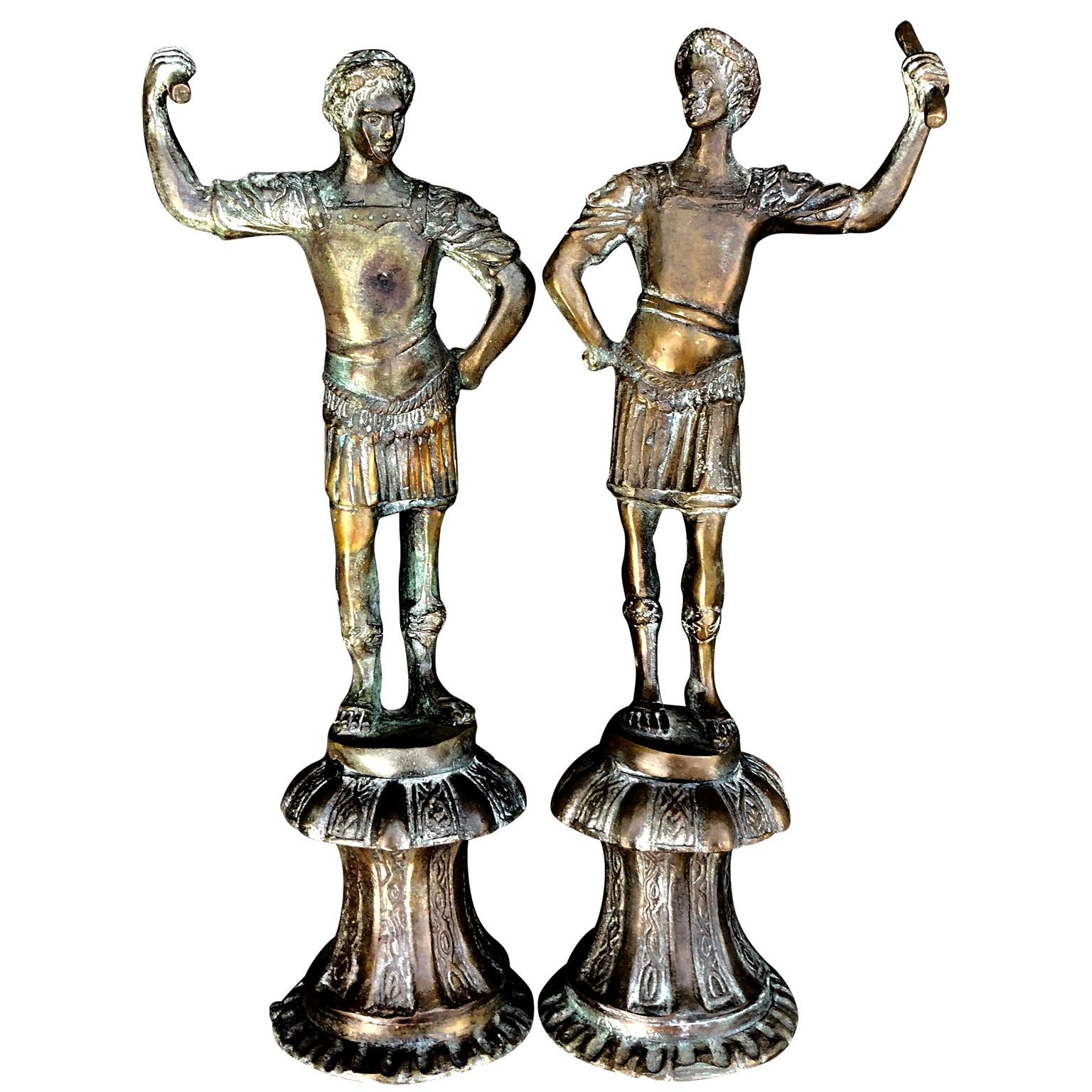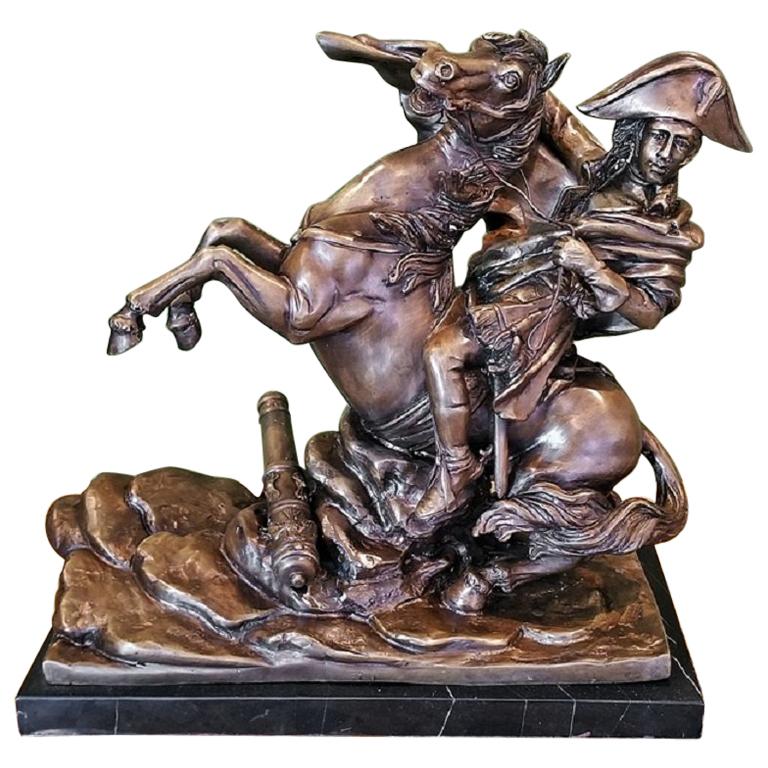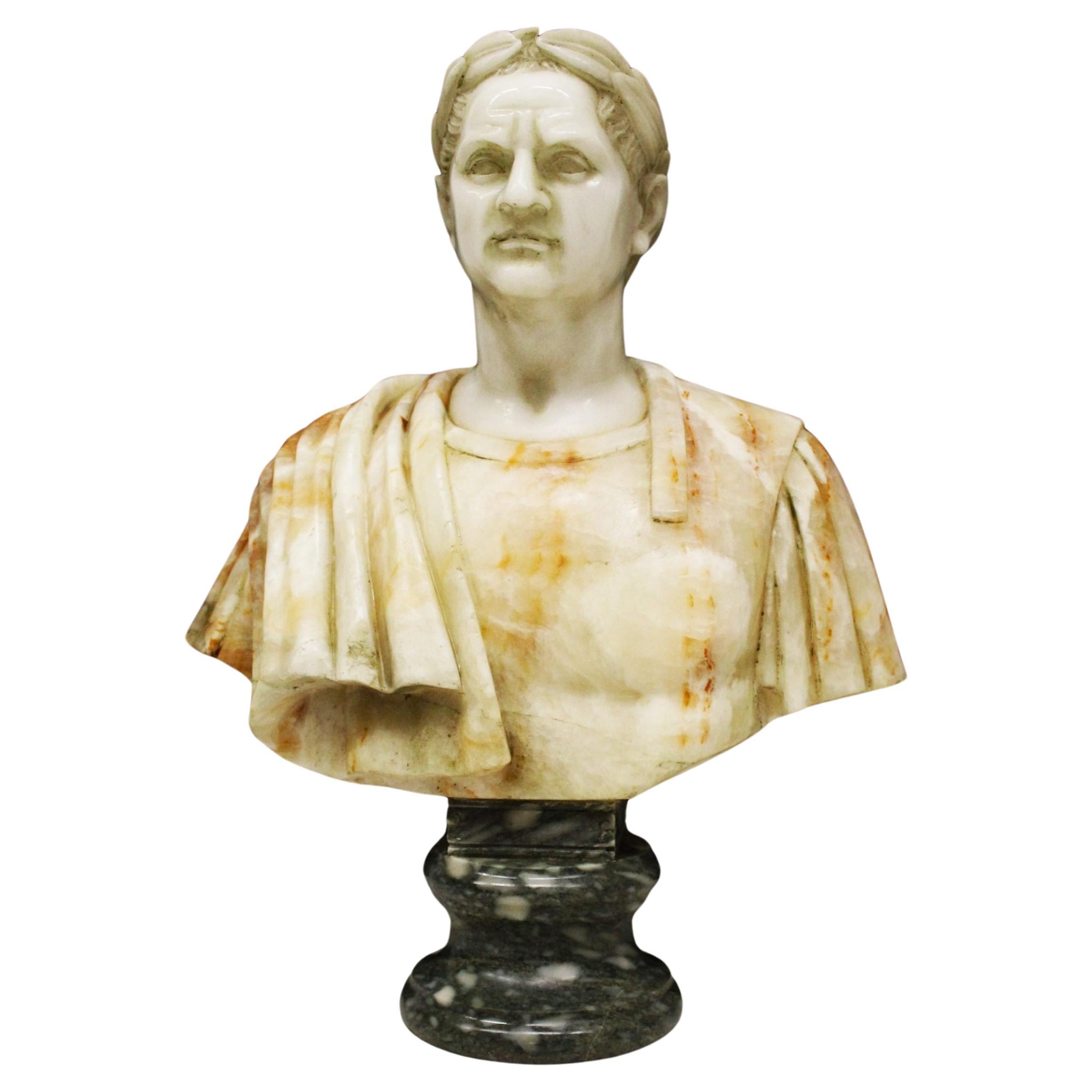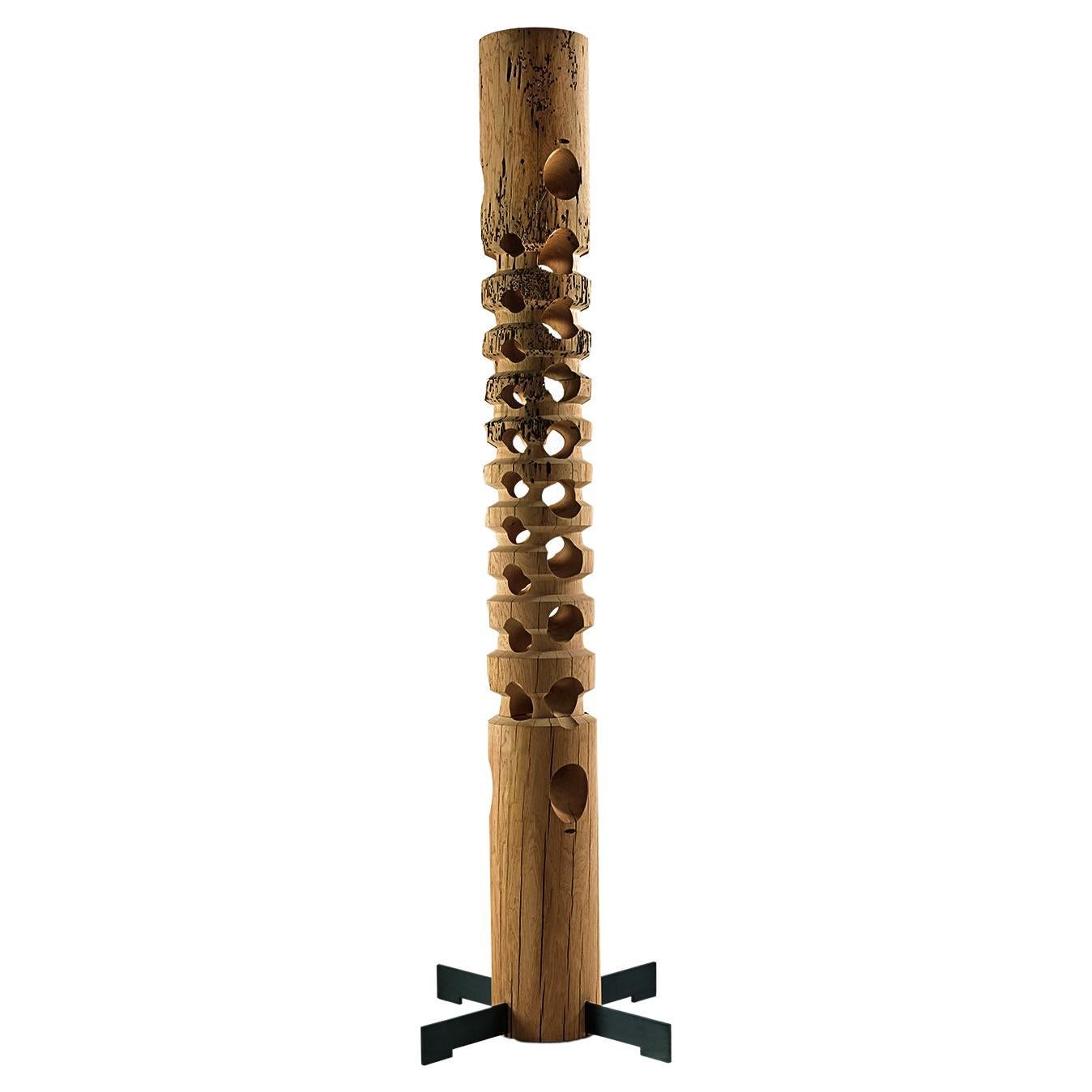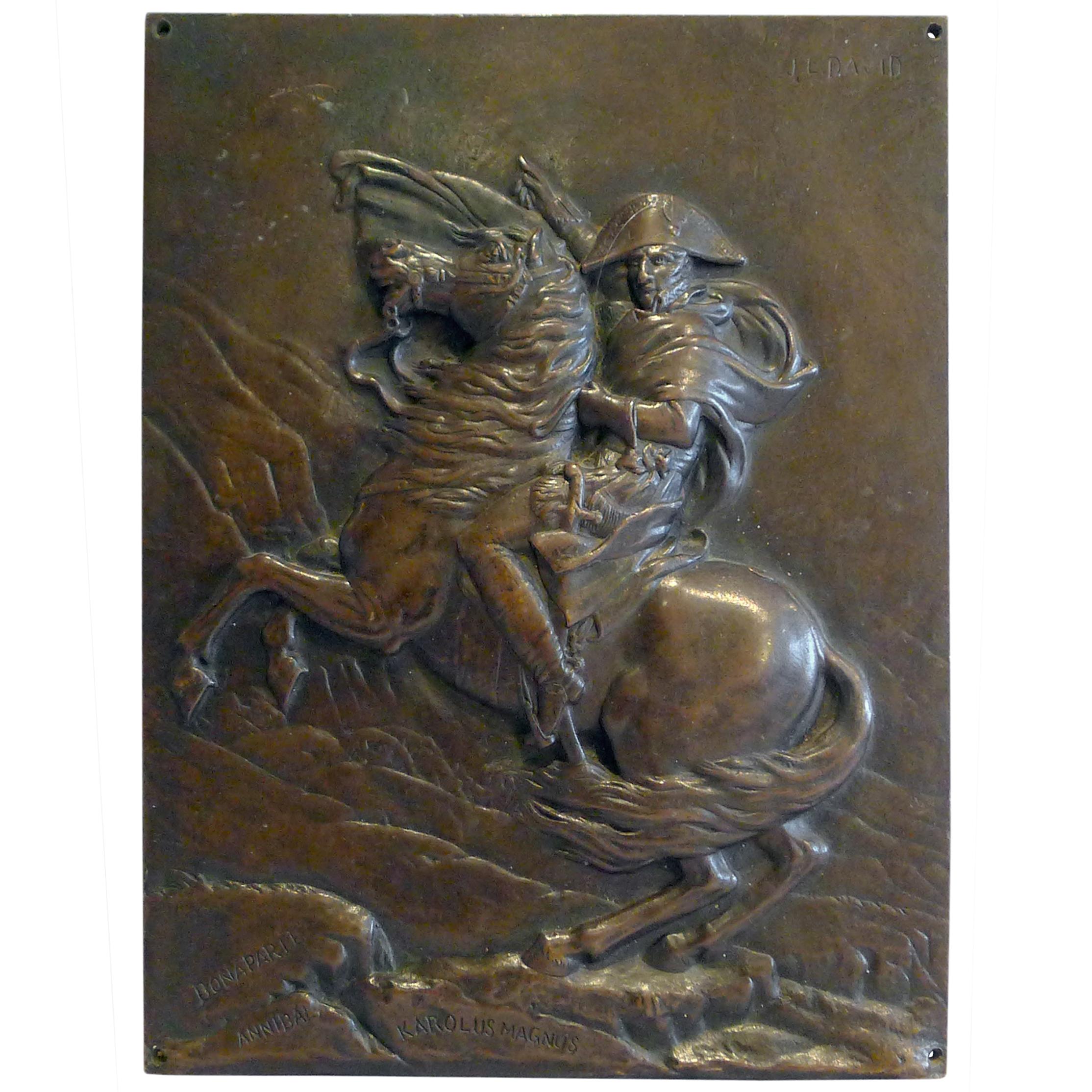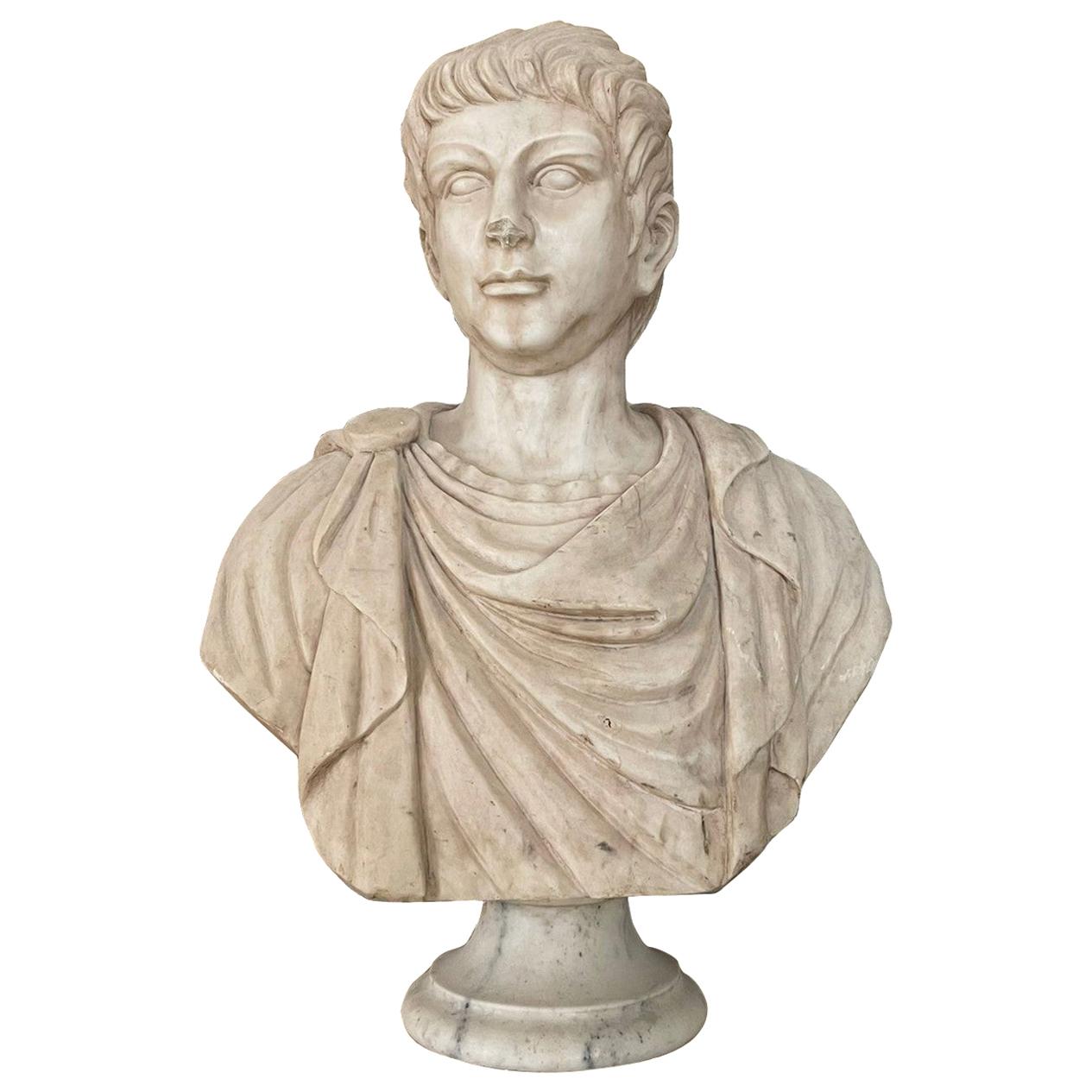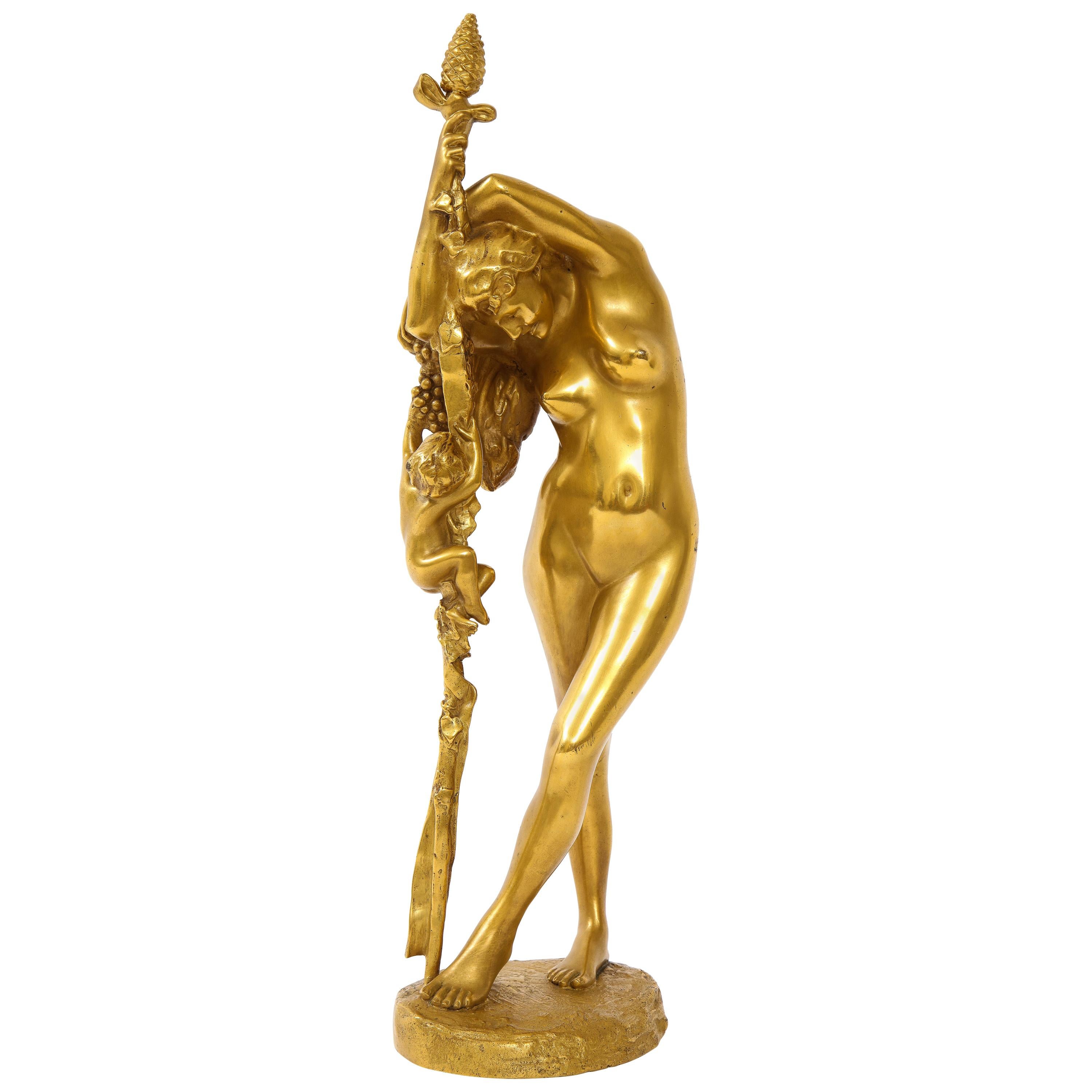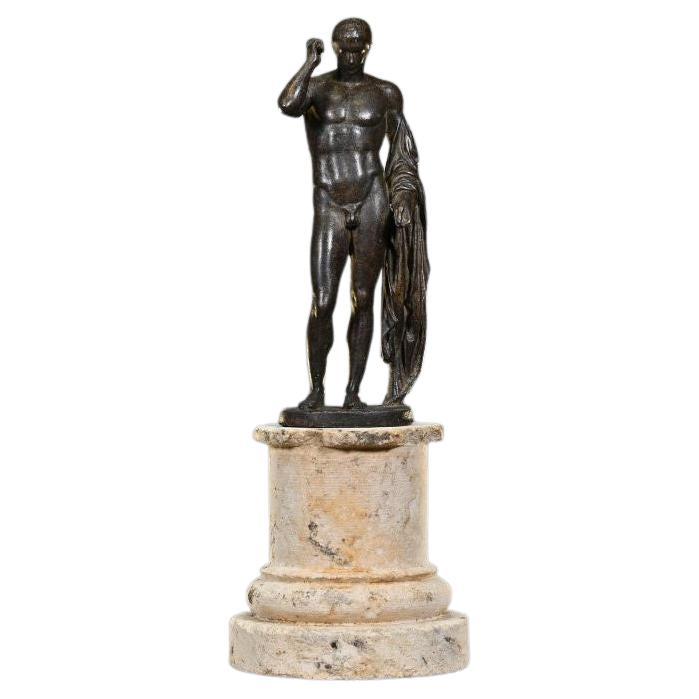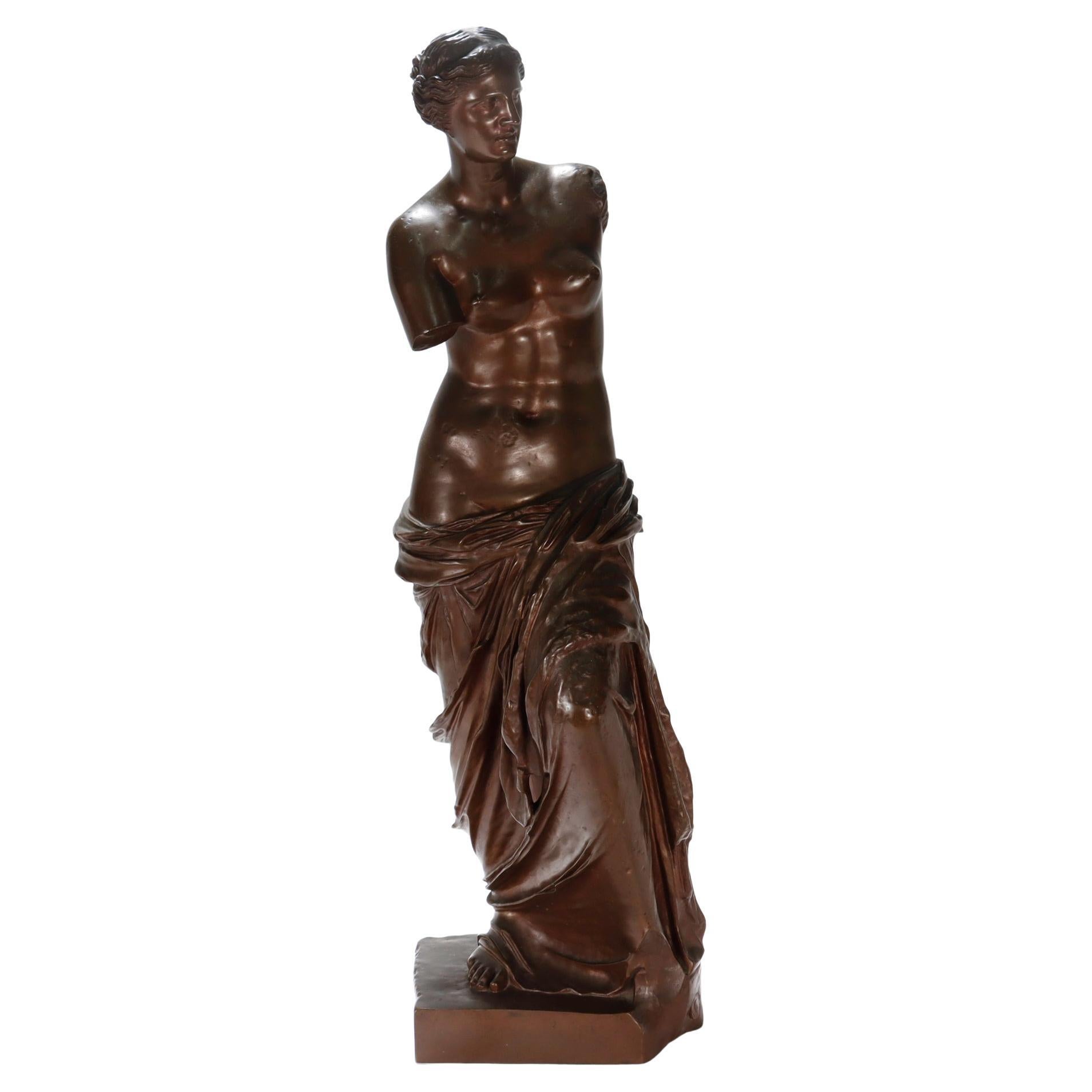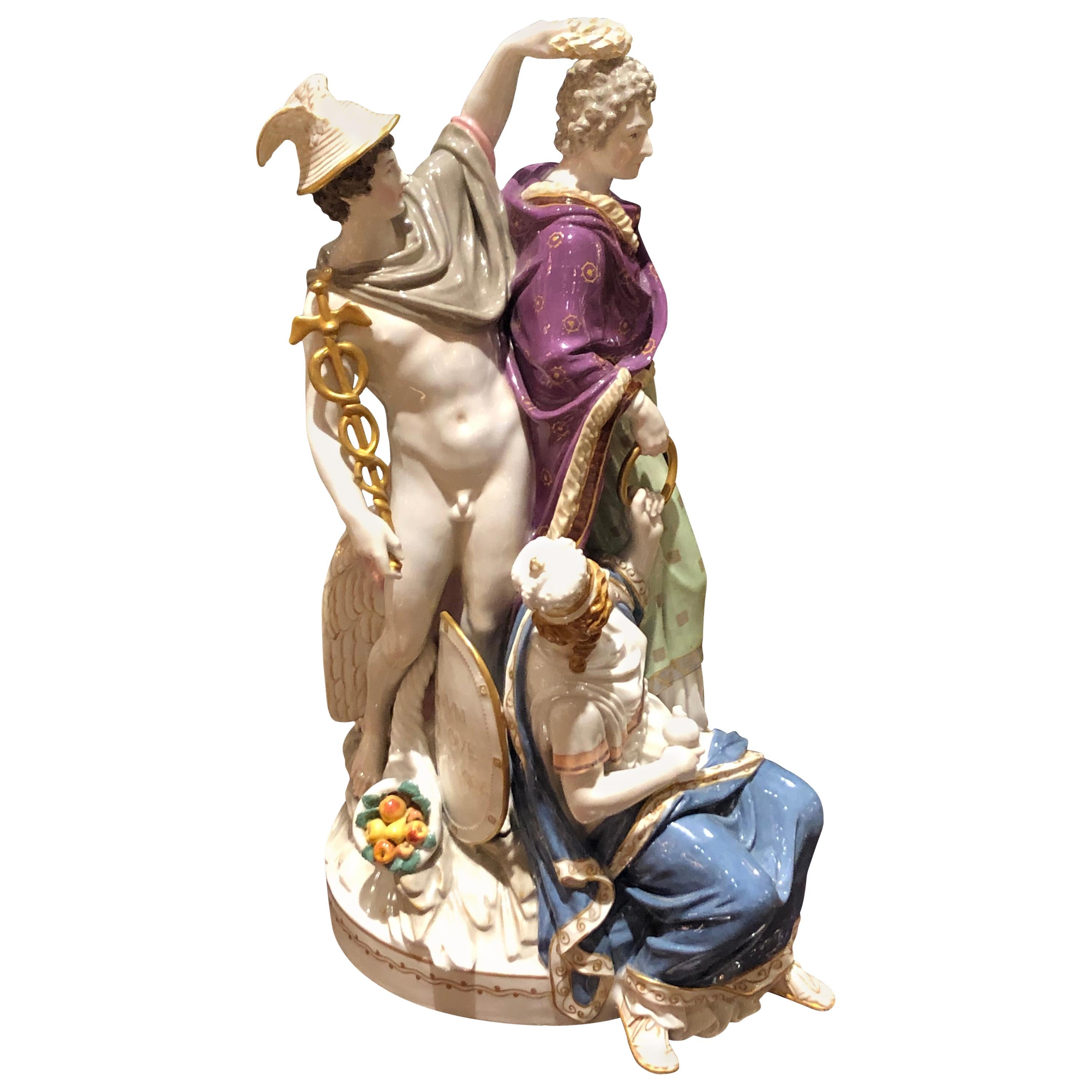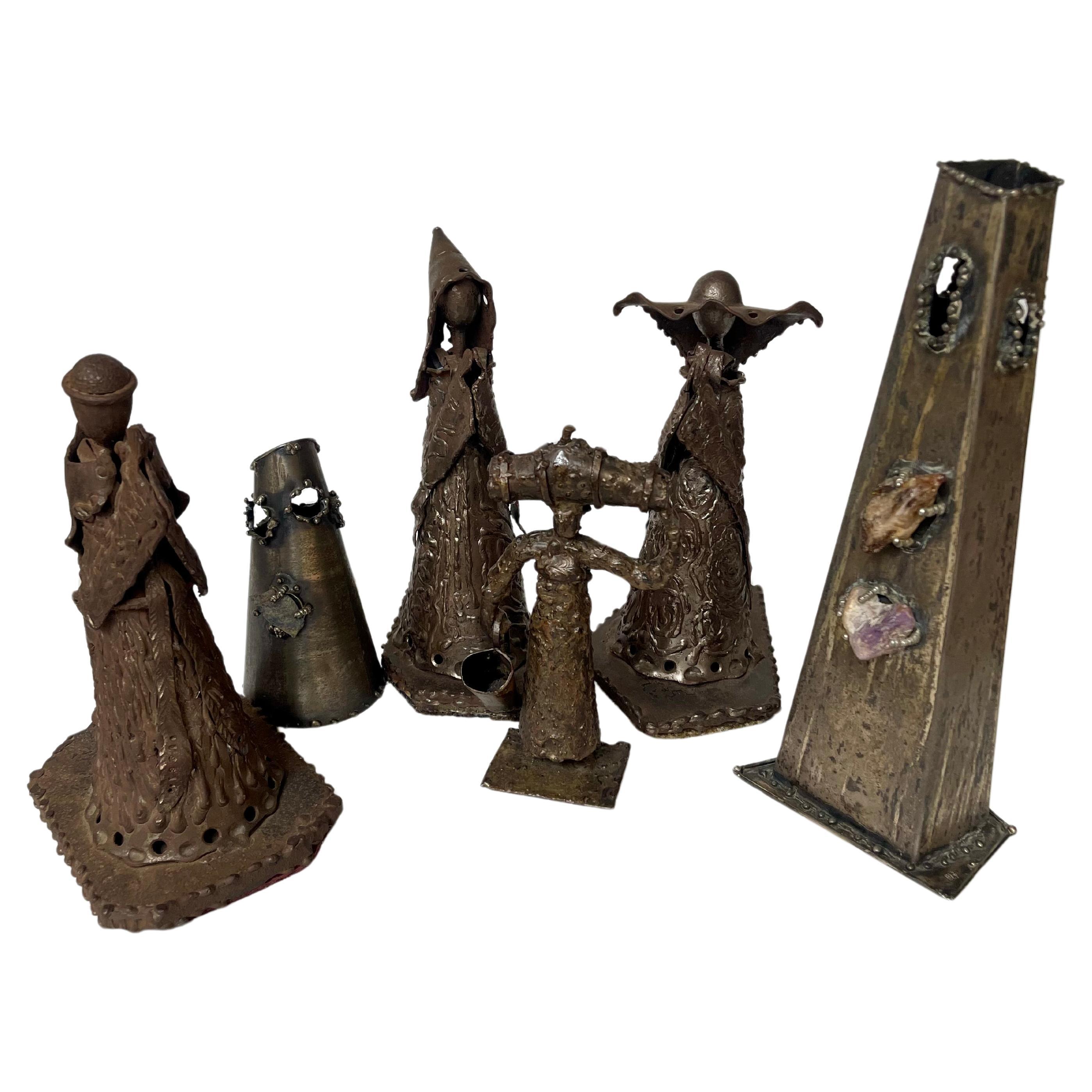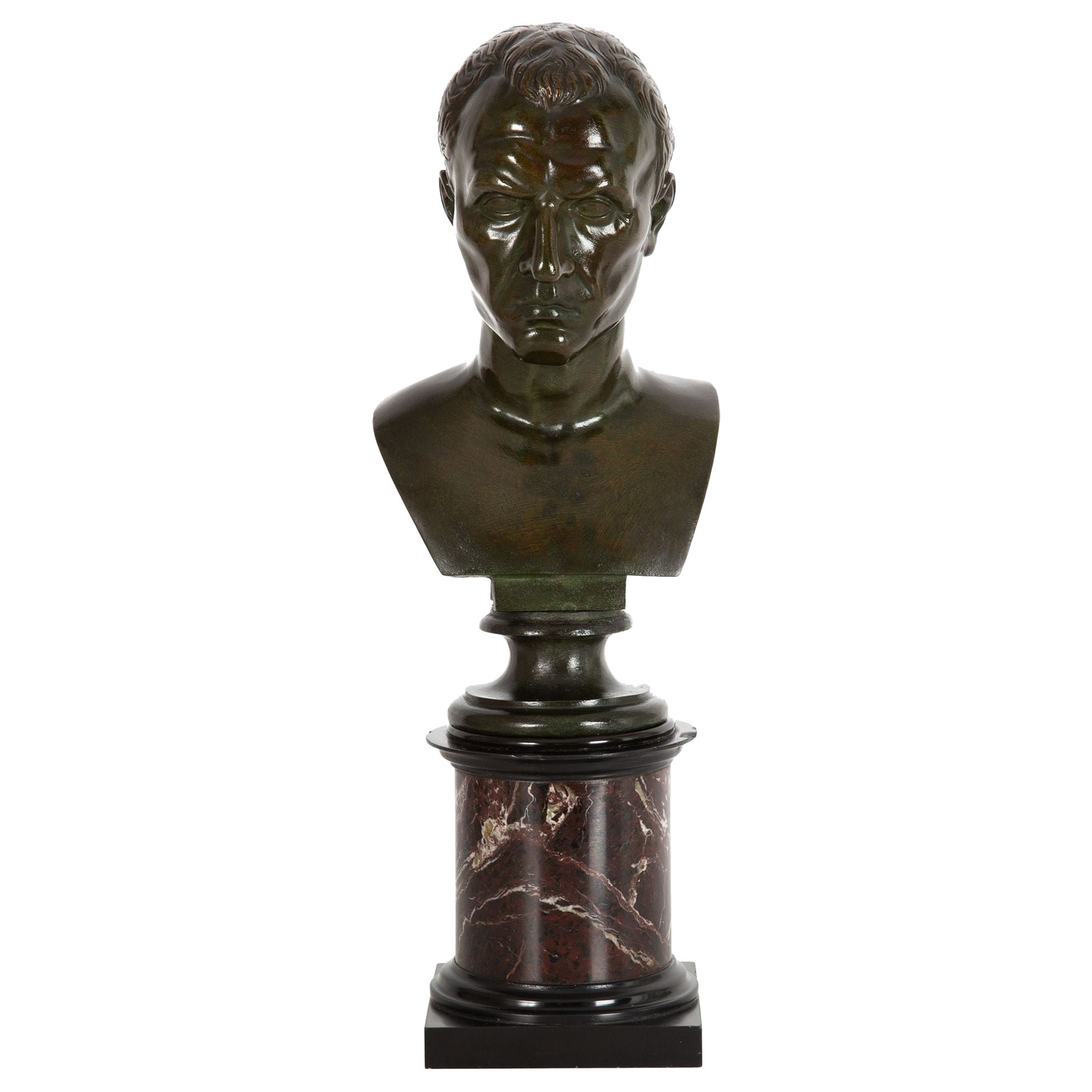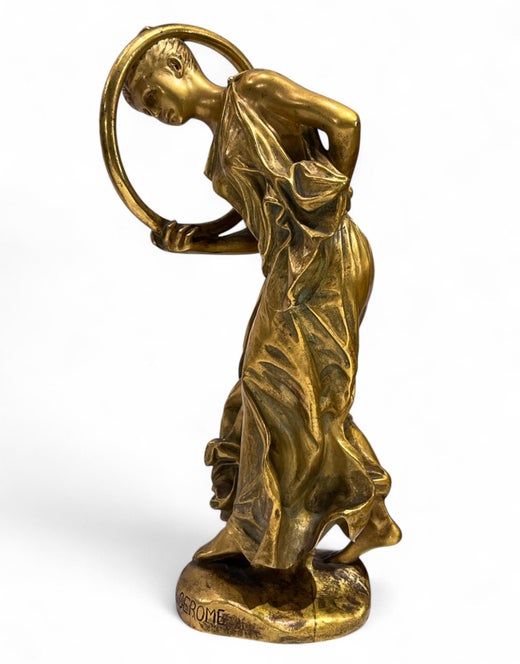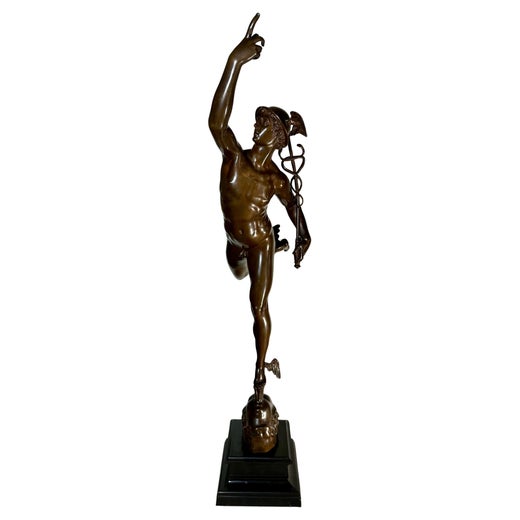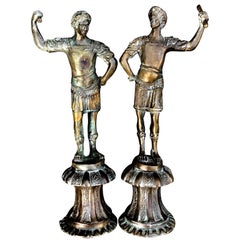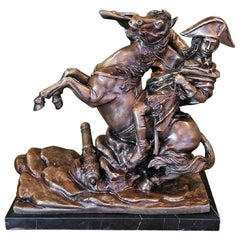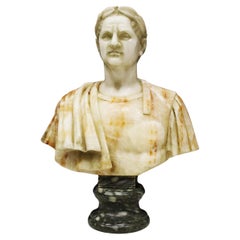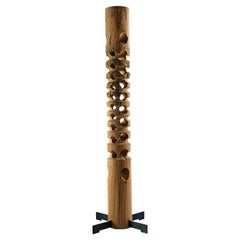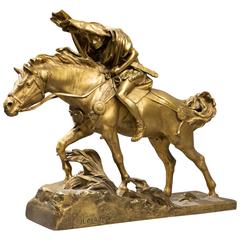
Sculpture of Caesar Crossing the Rubicon by J.L. Gérôme, F. Barbadienne
View Similar Items
Sculpture of Caesar Crossing the Rubicon by J.L. Gérôme, F. Barbadienne
About the Item
- Creator:F. Barbedienne Foundry (Metalworker),Jean-Léon Gérôme (Artist)
- Dimensions:Height: 15.36 in (39 cm)Width: 15.36 in (39 cm)Depth: 5.12 in (13 cm)
- Materials and Techniques:
- Place of Origin:
- Period:
- Date of Manufacture:circa Late 19th Century-circa 1900
- Condition:
- Seller Location:London, GB
- Reference Number:Seller: EUR000301stDibs: LU220735969143
Jean-Léon Gérôme
One of the most prominent French Academic painters of the 19th century, Jean-Léon Gérôme is today credited with fashioning an entirely new artistic ideology. One of the originators of the Orientalist style, Gérôme was also a stalwart defender of Academic painting, which was waning under the rise of realism and Impressionism. Inspired by the year he spent in Rome with Paul Delaroche in 1834, he developed an insatiable appetite for traveling, and throughout his career, he traveled widely in Turkey, Egypt, and North Africa. His years exploring the Near East inspired his greatest Orientalist works, his Moorish and Turkish bath scenes.
A sculptor as well as a painter, Gérôme’s female figures have the same classical precision of Ingres but are executed with a more pronounced sensuality and realism. Enjoying great popularity and success during his lifetime, he was actively courted and patronized by private collectors and nobility. Today, the majority of Gérôme's works are held in major museums, with very few remaining in private hands.
Find authentic Jean-Léon Gérôme paintings on 1stDibs.
(Biography provided by M.S. Rau)
F. Barbedienne Foundry
Founded by one-time Parisian wallpaper dealer Ferdinand Barbedienne and engineer Achille Collas, one of the most revered foundries in 19th-century France began with the invention of a revolutionary 1830s-era device that could produce proportional reproductions — large or small — of sculptures. Collas’s machine, which yielded miniature likenesses of antiquities for the interiors of homes the world over, was pivotal to the success of the F. Barbedienne Foundry. The successful firm earned prestigious awards and critical acclaim and created exquisite bronze candleholders, clocks and lamps for a range of wealthy and prominent clients.
The duo first launched their company under the name Société Collas et Barbedienne, and early on, they optimized chemical processes for pigmenting and patinating their bronze statuettes. After Collas died in 1859, Barbedienne forged on alone, and the company’s name changed to simply F. Barbedienne.
Barbedienne employed more than 300 workers at that point, and the Maison created a range of furnishings and decorative objects that featured the integration of marble and ormolu accents. However, with the onset of the Franco-Prussian War of 1870, the foundry was forced to retrofit its molds, and the production of cannons replaced sculptures, furniture and vases.
When Ferdinand Barbedienne passed away in 1891, his nephew and heir, Gustave Leblanc, took over as president, changing the name to Leblanc-Barbedienne. Leblanc expanded production into Germany, the United Kingdom and the United States, carrying on the company's legacy with monumental sculptures, and models and securing production rights for famous statues. Paul-Alexandre Dumas, an Art Nouveau maker and student of Louis Majorelle, succeeded Leblanc until the company's closing in 1952.
Barbedienne pieces had been exhibited regularly in the 19th century and were especially prevalent at Europe’s international expositions and world’s fairs, where they received numerous awards. Today, the Musée d’Orsay in Paris holds dozens of Barbedienne works in its collection, including intricate mirrors, vases and cups created by Louis-Constant Sévin at the foundry. For more than two decades, Sévin created lamps, boxes and more at Maison Barbedienne. Working alongside award-winning chaser Désiré Attarge, Sévin designed Napoleon III-era works that greatly appealed to European nobility.
Other notable artists who collaborated with Barbedienne included Eugene Aizelin, Emmanuel Fremiet, Antonin Mercié, Emile Guillemin, Edouard Lievre, Ferdinand Levillain and Auguste Rodin.
On 1stDibs, find a collection of Barbedienne decorative objects, lighting and collectibles.
You May Also Like
Early 20th Century Italian Figurative Sculptures
Bronze
Antique Late 19th Century French Napoleon III Figurative Sculptures
Belgian Black Marble, Bronze
Mid-20th Century Italian Busts
Stone, Marble
21st Century and Contemporary Italian Abstract Sculptures
Iron
Antique Early 1800s French Grand Tour Figurative Sculptures
Bronze
20th Century Italian Classical Roman Busts
Marble
